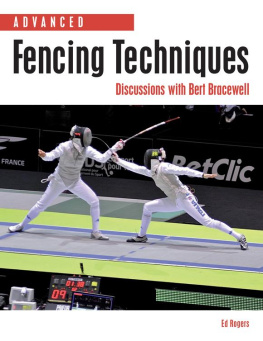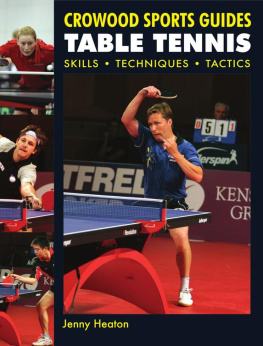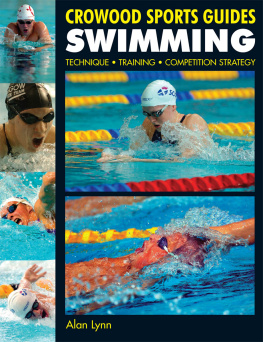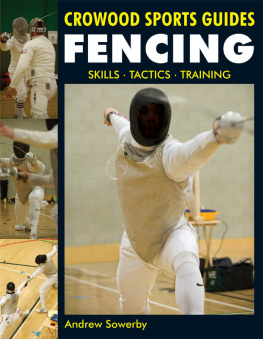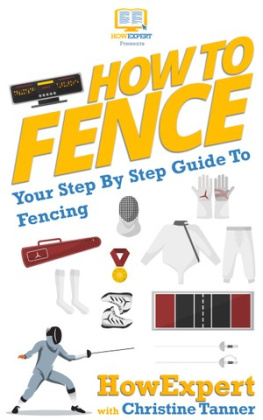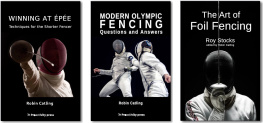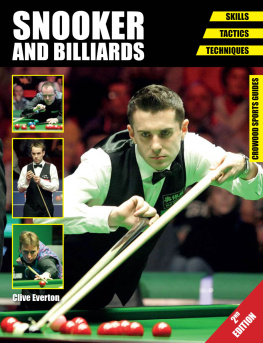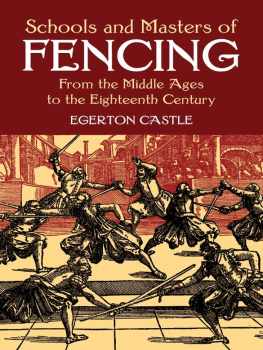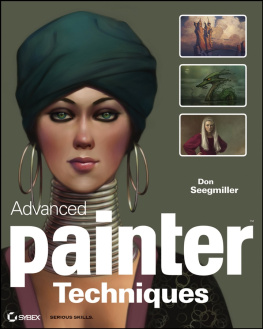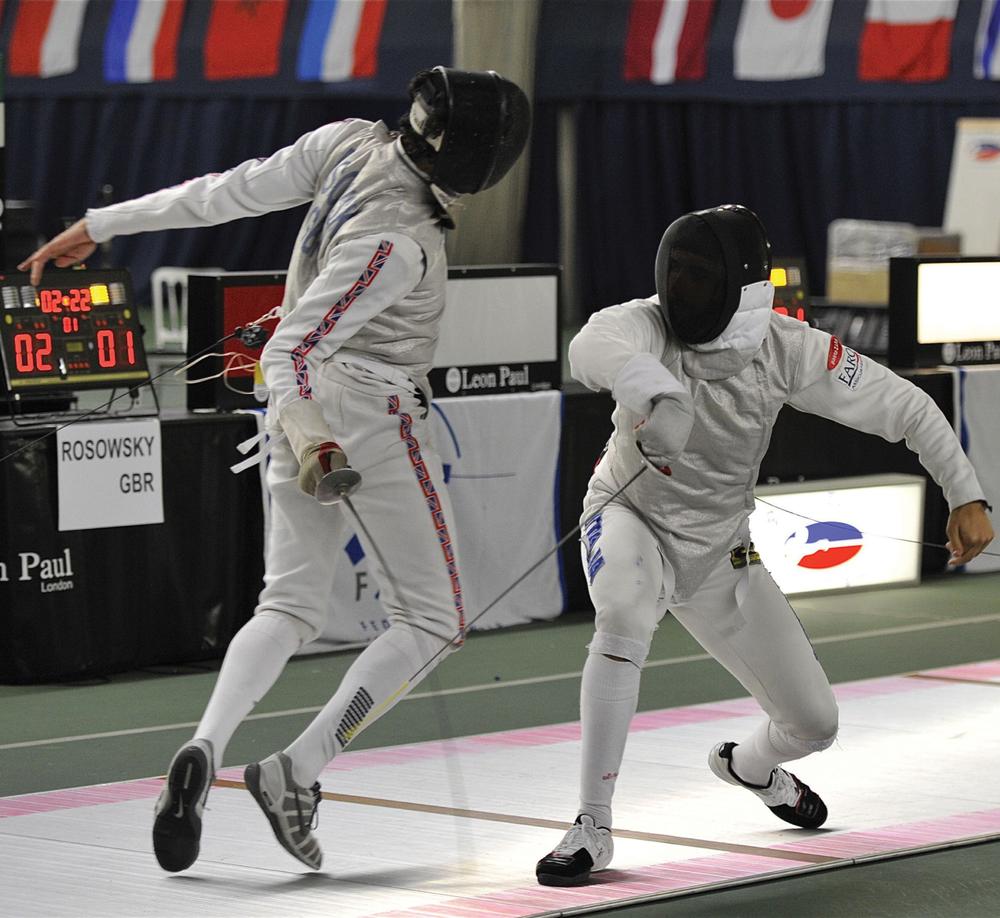Bert Bracewell is of that breed of coaches that forms the foundations of fencing throughout the world, providing solid technical training to hundreds of fencers and consistently producing the kind of competitor who inspires respect on the piste. During Berts reign as National Coach it was very noticeable that the standard of fencing in Scotland rose significantly and Scottish fencers could always be characterized by their very well-rounded technique.
Too many fencers these days are looking for shortcuts and tricks while ignoring the necessity of acquiring a grasp of the fundamentals. This is not only detrimental to the fencer, but in the long term is destructive to the sport itself. Coaches like Bert who have the knowledge and ability to pass on good technique are to be prized.
It has been said, though it takes some courage to say it these days, that fencing belongs to the coaches and is on loan to fencers. It is the coaches who protect and maintain the fundamentals of the sport so that it can continue from generation to generation, and yet they are the ones who stand in the background while the fencer gets the glory. The hard truth is that if a fencer succeeds, then he/she considers himself/herself a remarkably good fencer, but if he/she fails then the coach gets the blame!
The tragedy of fencing is how often the work of the great masters lasts only as long as they are still coaching. Once they hang up their sword, the skills and techniques they have worked so hard to acquire are lost. Throughout the centuries basic techniques and the general philosophy of teaching fencing has generally been handed down by example and/or word of mouth. As a result some techniques have been lost or simply forgotten. I am therefore delighted to be able to commend this book on two fronts both because it provides a record of Berts own successful techniques and because Bert himself took such a great interest in the lessons he received or saw from other fencing masters and recorded their techniques, which are reflected here.
These days, any fencer looking for a book on elementary movements and actions is spoilt for choice, but there is very little that goes beyond these. Although many authors have documented, for example, how to execute a disengage, very few have considered and given examples of the vast and varied conditions under which a disengage may be executed. Its refreshing to see that this book begins to address this issue.

Professor Philip Bruce.
In the same way, very little has been written concerning the specifics of the fencing training of competitive fencers generally and even less has been documented concerning the fencing-specific training of fencers competing at the top end of international competitions. For this reason, a book that is written not from a theoretical point of view but based on the thoughts and experiences of a successful fencing master with tried, tested and refined techniques is rare and should prove to be of great value. As the author himself suggests, you may not agree with everything you find, but there is an abundance of ideas and techniques here which any coach or fencer can turn to his or her own use.
One caveat, however although the sections Coaching Formula and Demonstrating to a Class have many ideas that aspiring coaches may find useful, the reader must remember that this advice is not endorsed by the British Academy of Fencing and there is no substitute for preparing for exams under the supervision of an experienced coach educator who is familiar with the requirements of the particular exam system in question.
Prof. Philip Bruce
President of the British Academy of Fencing
I met Bert Bracewell at the school fencing club at Ainslie Park Secondary School, northern Edinburgh , when I was fifteen years old. The club was started by the Head of Physical Education, Finlay McLachlan; it was never part of the school curriculum, just a lunchtime activity. Five times a week we trained and fenced conscientiously. On Fridays, Bert would appear and teach a class. For the rest of the week we practised and fenced; later, some of us became coaches. The club had more than its fair share of success in competitions, particularly in the Scottish Junior and Senior Championships.
Neil Melville, editor of The Point, the magazine of Scottish Fencing, wrote the following in a review of Fencing: Essential Skills Training:
Just over thirty-five years ago a remarkable group of young fencers, all from the same school, burst upon the scene. Many of them fenced two or three weapons, but it was the sabreurs whom your reviewer remembers particularly as he was meeting them, successfully or otherwise, on a frequent basis in such events as the Scottish Junior and Senior Championships: youngsters such as Bob Jamieson, George Hanson, Frank Early, Stuart Harrower and Eddie Rogers, all of them noted for their technical skill. Now the last named, himself turned coach, has produced his own book to help fencers and coaches improve their skills. Readers of The Point may remember a series of articles on sabre training which the author wrote several issues ago (2005)

